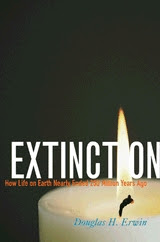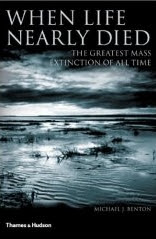According to a story in the December issue of University Affairs, PhD students in Canada complete their degrees more quickly than their counterparts in the USA. (I suspect that no one completes faster than students in the UK, but that’s a rather different topic.)
The article suggests that the existence of a distinct Master of Science (MSc) degree in Canada is at least partly responsible for this difference. That is, having the option of starting in a Master’s degree lets students decide whether they are cut out for the considerably more demanding PhD program. In Canada, the expectations for originality and scope are less for an MSc thesis than for a PhD, but both are based on conducting independent research and have only a moderate course component.
The interesting thing is that with the intense pressure from the top down on faculty to get more PhDs out the door, there is a growing emphasis on doing away with the MSc and having students transfer to a PhD program without completing and defending a Master’s thesis1. The data collected by Susan Pfeiffer, which are described in the story, suggest that this is a bass-ackwards way to go about it.
Moreover, completion times are not the only consideration — students also must be competitive for postdocs, fellowships, and eventually jobs. To me, going a semester over but completing some manuscripts appears more beneficial in the longer term than getting out in no more than nine semesters post-MSc. On the other hand, only 3/4 of PhD students in Dr. Pfeiffer’s survey had completed their degrees even after 10 years in the program, which is way too long by any department’s standards.
Some students are perfectly capable of completing an MSc but may not be interested in, or qualified to attempt, the PhD. It also happens that students who do both degrees typically complete more efficiently overall than those who do just a PhD. Therefore, I feel that the option (indeed, usual requirement) of a distinct Master’s program prior to enrolling in a PhD is a good thing, and I would not want to see it vanish.
________
1) Full disclosure here: I did not complete a Master’s thesis and instead transferred to a PhD and completed the whole shebang in almost exactly 5 years of graduate studies.








